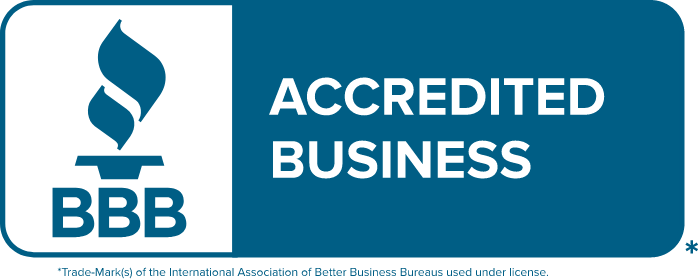Companies are different in size, structure, purpose, and philosophy. The offered CRM tools also differ in terms of the features offered. Some applications focus on storing customer data, while other programs focus on marketing functions. Finally, other systems are characterized by the fact that they cover a wide range of functions. The right CRM solution for your business should not in principle be the most far-reaching software: CRM systems that are universally applicable are often very complex and therefore unsuitable if you are new to CRM. In addition, these solutions are generally expensive.
The issue of availability is also crucial. A web-based CRM software can be accessed at any time and from anywhere just an internet connection. This is not possible with a CRM tool installed on a local system that does not have a web interface.
In order to facilitate your search for a suitable CRM tool, we explain in the following sections what is important to take into consideration when choosing a CRM software.
Comfort and cost of use
In principle, CRM software must provide support for structuring the collection, archiving and processing of customer data in order to save the company valuable time and facilitate customer service. It is then possible to focus on developing strategies to improve the relationship with your customers. For example, a CRM tool that is located in the higher price segment can, in particular, perform transactions and service operations automatically or at least partly on the basis of the information collected. With this system, the response time regarding complaints can be considerably reduced by direct access for example to the database. In addition, reminders and special offers can be sent automatically to customers by certain programs.
A great saving of time does not have to be accompanied by a high-cost factor. What is important is to know which software is suitable for you and for your structure. It can be observed, for example, that a program will provide functions to automate the processes, but the know-how necessary for setting up the program is missing and will, therefore, have to be developed. This requires a long and tedious job; thus the additional efforts provide ease and advantages for a long time. The same goes for linking the CRM application to other software, for updates and extensions. It is indeed important to choose a tool that supports the programs you already use and that allows a proper implementation with little effort.
Finally, you need to make sure that you have the resources to set up and maintain the system (whether it’s time, personnel, or financial resources). Otherwise, you will not be able to get significant improvements, and check your CRM tool, is it open-source or proprietary.
Support Services
Ease of use is an important evaluation criterion, but even software that is easy to use is not immune from bugs and other usability issues (errors in the update process, incompatibility with other software, defective files, export problem, etc.). Thus, it is important that the supplier provides good support. For minor difficulties, the help section, documentation, tutorials, blogs or FAQs are often very useful. However, if this is not enough, a competent helpdesk is essential. It is, therefore, necessary to check if this service meets your expectations and it is good to ask the following questions:
- Does the provider provide a complete contact form (phone, email, Live Chat, etc.)?
- When is this assistance available (Hours, weekends and holidays, etc.)?
- Is assistance free?
- How quickly does the provider respond to a request for assistance?
Integration of third-party software
The integration of external programs mentioned below is done for two reasons: these applications contain features that are not available for the selected CRM software. A good example is the email marketing feature that in most cases cannot be used without the addition of a third party service. On the other hand, external tools are often useful for importing or exporting data. What is fairly classic are also links to the messaging system used and the calendar system. Regardless of the purpose of third-party software, there are theoretically two ways to implement it with a CRM tool:
Native integration: An easy way to integrate external software is called native integration. In this case, the predefined modules for the CRM system are located via a third-party provider, so you only have to select them, download them and activate them. The more popular a CRM system is, the greater the likelihood that native modules will exist.
Integration via API: There are no native modules for the integration of third-party applications, the integration works only when both sides (i.e. the applications and the CRM system) are supported by an API (Application Programming Interface) open. With the help of this link, usually based on REST (Representational State Transfer), it is possible for your IT team or other users to realize the integration of a desired third-party software. This method offers greater flexibility since the customer relationship management application can be linked to almost any other program. On the other hand, it represents a significant financial cost and requires a lot of time.


